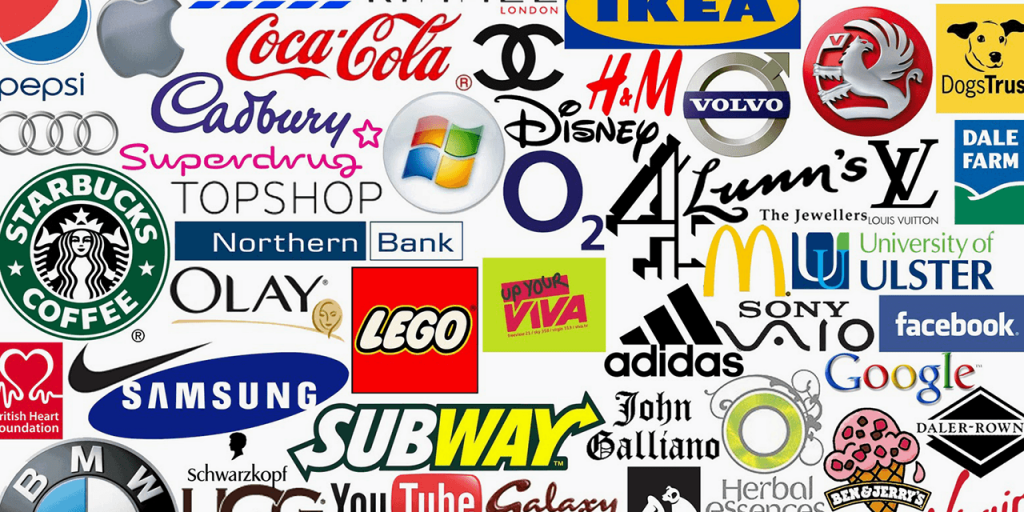Logo design is more than merely coming up with something that looks pretty; there are many things that have to be considered and implemented in order for a logo to make sense, catch the attention of an ideal audience, and set it apart. Today’s post is for designers and non-designers alike. It’s for all of you who own a business, maintain a blog, or are working on a personal brand. And it’s for anyone who’s curious about why their favorite logos make sense.
Let’s start with the don’ts so we can end on a positive note.
DON’T
Add too much detail
Strong logos aren’t complicated; they focus on one key feature. The more you add onto the design of your logo, the higher the chance is that it will be confusing for your audience.
Follow trends
If you want to create a logo that blends in with everyone else’s and will become outdated in a year or so, follow the trends.
Switch it up every other year
Weak brands aren’t consistent; they flip flop from one logo design to the next and don’t allow time to create recognition with their audience.
Imitate
Not only is this plagiarism, but it can be detrimental to your brand. One of the largest benefits of branding is the ability to set yourself, your business, or your blog apart from everything else that’s already out there. By imitating someone else’s logo, you’re stealing their creativity and robbing yourself of yours.
Be too literal
An original, creative logo isn’t necessarily the one that’s the most expected. For example, it isn’t necessary to use imagery of a place setting if you’re a restaurant or a basketball if you’re an NBA team.
Go crazy with the number of fonts
A good rule of thumb is to keep the fonts to two. The use of several fonts has the potential to result in a logo that isn’t cohesive.
DO
Define and research your audience
The purpose of a logo (and furthermore, a brand) is to attract your ideal audience; your logo should be appealing to them. You might love certain colors and fonts, but if they don’t catch the attention of your customers, clients, or readers, you’ve missed the boat. Spend some time defining your audience and do some research into their interests and tastes to create a logo that will appeal to them.
Strive for something different
You have a great opportunity to set your business/brand/self apart by creating a one-of-a-kind logo. It’s easy to be inspired by what’s already been done before, but strive for a logo that’s different and distinct.
Sketch
The exploration phase is an important part of any creative process. Remove any hesitations and don’t worry about finding the perfect solution right out of the gate; just sketch. Experiment with different ideas and have fun with it. Fill up a couple pages with your ideas, and don’t erase or get rid of anything; you never know what you’ll end up coming back to.
Keep it simple
Efforts to create something original and creative can often result in making things more complicated than they need to be. The best logos are simple. This doesn’t mean that the designers behind them sacrificed creativity, but they didn’t add a million bells and whistles, either. A common design rule of thumb is to highlight one feature in a logo. Just one. Keep it simple.

